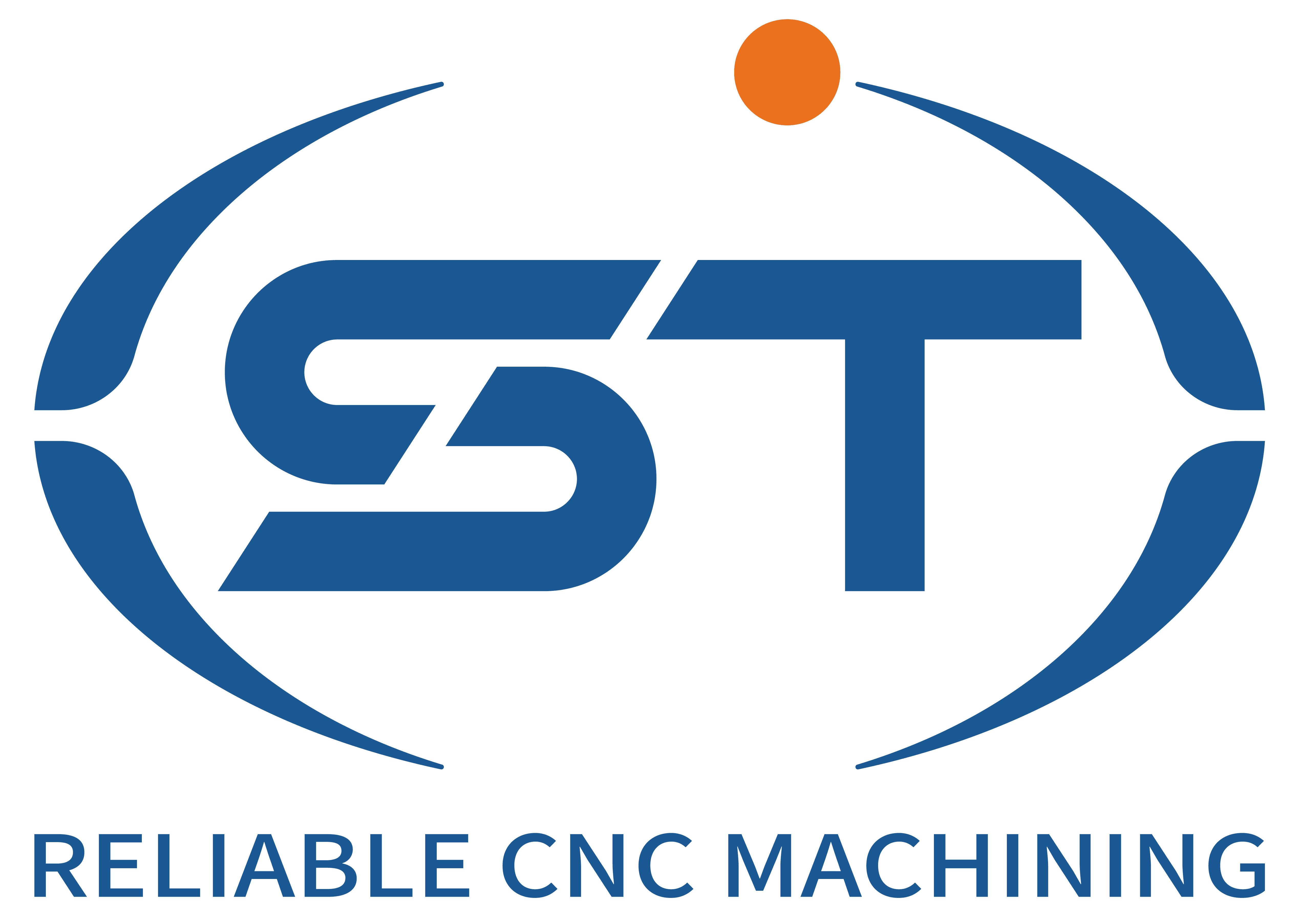Current Development Trends in the CNC Machining Industry for Automotive Components
The automotive CNC machining sector is undergoing rapid transformation, driven by technological advancements, shifting market demands, and global sustainability goals. As manufacturers transition toward electric vehicles (EVs), lightweight materials, and smart manufacturing systems, CNC machining processes are evolving to meet these challenges. This dynamic landscape requires adaptability in production methods, workforce skills, and supply chain strategies to remain competitive. Below are key trends shaping the industry’s trajectory.
1. Shift Toward Electric Vehicle Component Manufacturing
- High-Precision Machining for EV Powertrains: The rise of EVs has spurred demand for CNC-machined components like battery housings, motor rotors, and inverter casings. These parts require tighter tolerances and specialized materials, such as aluminum alloys or composite polymers, to ensure thermal stability and energy efficiency. Machining centers equipped with high-speed spindles and multi-axis capabilities are increasingly adopted to handle complex geometries in components like stator cores or charging port brackets.
- Integration of Lightweight Materials: To offset the weight of batteries, automakers are incorporating advanced materials like carbon fiber-reinforced polymers (CFRP) and magnesium alloys into structural components such as chassis parts or suspension systems. CNC machining processes are adapted to minimize material waste during cutting of these expensive, brittle materials, often using ultrasonic-assisted or cryogenic cooling techniques to improve tool life and surface finish.
- Adaptation to New Production Volumes: Unlike traditional internal combustion engine (ICE) vehicles, EV production often follows a “scale-up” model with shorter product lifecycles. CNC machining facilities are investing in flexible manufacturing systems (FMS) that allow rapid retooling and program adjustments to switch between different EV models or component variants, reducing downtime and enhancing responsiveness to market fluctuations.
2. Advancements in Smart Manufacturing and Industry 4.0
- Real-Time Machine Monitoring and Analytics: IoT-enabled sensors are integrated into CNC machines to track parameters like spindle load, tool wear, and cycle times during operations such as milling aluminum engine blocks or turning steel axles. Cloud-based platforms analyze this data to predict maintenance needs, optimize cutting conditions, and reduce unplanned downtime by up to 30%.
- Digital Twins for Process Simulation: Virtual replicas of CNC machining workflows are used to test tool paths, material behavior, and machine interactions before physical production. For example, simulating the drilling of titanium exhaust manifolds or the honing of cylinder liners helps identify potential defects or inefficiencies, cutting trial-and-error costs and accelerating time-to-market for new components.
- Collaborative Robots (Cobots) for Material Handling: Cobots are deployed alongside CNC machines to automate loading/unloading of components like brake rotors or transmission gears. These robots, equipped with vision systems and force sensors, enhance safety by reducing manual handling of heavy or sharp parts while improving throughput in high-mix, low-volume production environments.
3. Sustainability Initiatives and Circular Economy Practices
- Dry Machining and Minimum Quantity Lubrication (MQL): To minimize coolant-related waste and environmental impact, manufacturers are adopting dry machining for operations like rough milling cast iron differential cases or high-speed turning of aluminum wheels. MQL systems, which deliver micro-doses of lubricant directly to the cutting zone, are used for precision tasks such as finishing stainless steel fuel injectors, reducing fluid consumption by 90% compared to flood cooling.
- Metal Chip Recycling and Resource Recovery: Scrap metal generated during CNC machining of components like steel crankshafts or aluminum cylinder heads is compacted and sold to recycling facilities. Advanced separation technologies extract pure metal streams for remelting, closing the loop on raw material use and lowering carbon emissions associated with primary mining.
- Energy-Efficient Machine Designs: Newer CNC machines incorporate regenerative drives, LED lighting, and standby modes to reduce electricity consumption during idle periods. For example, servo-driven spindles consume 20–40% less energy than traditional belt-driven systems when milling magnesium alloy engine covers or drilling CFRP brake calipers, aligning with corporate sustainability targets.
4. Global Supply Chain Reshuffling and Regionalization
- Nearshoring of Production Facilities: To mitigate risks from geopolitical tensions and logistics delays, automakers are relocating CNC machining operations closer to assembly plants. This trend is evident in North America, where suppliers are expanding facilities near EV manufacturing hubs in Mexico or the southern U.S. to machine components like battery trays or electric motor housings for regional markets.
- Diversification of Material Suppliers: Overreliance on single-source suppliers for critical materials like rare earth metals (used in EV motor magnets) or high-purity aluminum has prompted manufacturers to develop secondary supply chains. CNC machining facilities are adjusting processes to accommodate alternative grades or recycled materials, ensuring continuity in producing components like stator laminations or heat sinks.
- Reskilling of Workforce for Advanced Technologies: The transition to smart manufacturing and EV component production requires workers with expertise in programming multi-axis machines, interpreting IoT data, or maintaining cobots. Vocational training programs are partnering with industry leaders to upskill machinists in areas like digital twin simulation or additive-subtractive hybrid manufacturing, bridging the talent gap in high-tech automotive CNC roles.
The automotive CNC machining industry is at a crossroads, balancing innovation with operational efficiency and sustainability. By embracing EV-centric production, leveraging Industry 4.0 tools, and prioritizing eco-friendly practices, manufacturers can navigate current challenges while positioning themselves for long-term growth in a rapidly evolving market.




